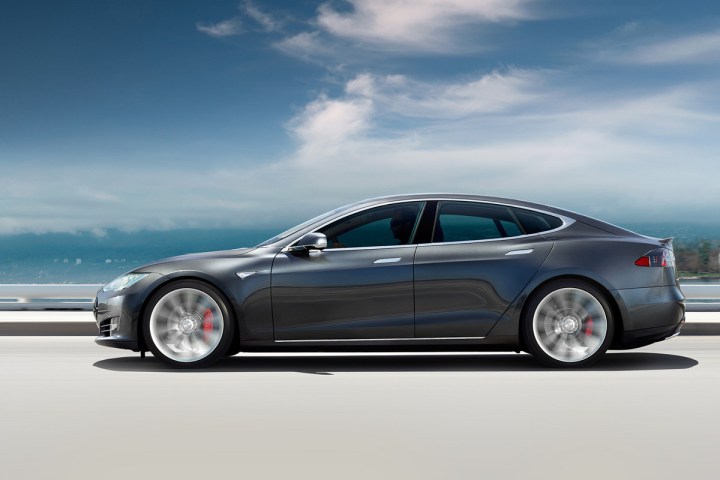
The Autopilot feature has been under the microscope lately, and for good reason. On May 7, a Model S was involved in a fatal collision while the semi-autonomous system was active, causing widespread critiques of the technology. Some went as far as calling Autopilot “an unsupervised wannabe,” but Musk was quick to point out that it is statistically safer than the average human driver — and has definitely saved a few lives as well. Tesla is constantly tweaking the software to improve capability and safety, culminating in what appears to be the most significant upgrade in recent history.
Major improvements to Autopilot coming with V8.0 and 8.1 software (std OTA update) primarily through advanced processing of radar signals
— Elon Musk (@elonmusk) August 31, 2016
Currently, Tesla vehicles primarily use cameras to scan the road ahead, but with Autopilot 8.0, the electric vehicles will lean more on radar technology to move about safely. The sensors themselves have been included on all the automaker’s products as of October 2014, but they’ve been used as a supplement to the camera. Moving forward, radar will take the role of primary control sensor, something the company calls a major change — and challenge.
“This is a non-trivial and counter-intuitive problem, because of how strange the world looks in radar,” Tesla noted in a blog about the changes. “Photons of that wavelength travel easily through fog, dust, rain and snow, but anything metallic looks like a mirror.”
The most obvious benefit to the use of radar is an enhanced ability to detect objects in those low-visibility situations: rain, fog, snow, and so on. Hopefully, this will allow drivers to use Autopilot in areas outside of perpetually sunny California, translating to real-world practicality in a variety of conditions.
That said, Tesla admits that there are drawbacks to radar, such as reflections from metallic objects and size distortion. To combat this, the automaker has developed a more detailed scanning process and is implementing higher level fleet learning into its cars. Put simply, Teslas will be able to communicate with each other to log and disregard stationary objects like road signs and bridges, resulting in fewer false alerts. Initially the vehicle fleet will simply note the position of these items to compile a “geocoded whitelist,” with appropriate responses coming online later. For a full list of Autopilot 8.0’s changes, click here.
Read more: Should Tesla worry about the reincarnated Karma hybrid?
Once the new software goes live, we’ll be watching closely to see how the vehicles, drivers, and the rest of the world reacts. For more Tesla news, keep an eye on our Model S and Model 3 news roundups.
Editors' Recommendations
- Tesla’s Autopilot can be easily tricked, engineers find
- Driving hands-free with Enhanced Super Cruise in the 2021 Cadillac Escalade
- Tesla unveils $140,000 Model S Plaid that can go from 0 to 60 in under 2 seconds
- Tesla driver using Autopilot suspected of DUI after crashing into Arizona cop car
- Cadillac Super Cruise vs. Tesla Autopilot


